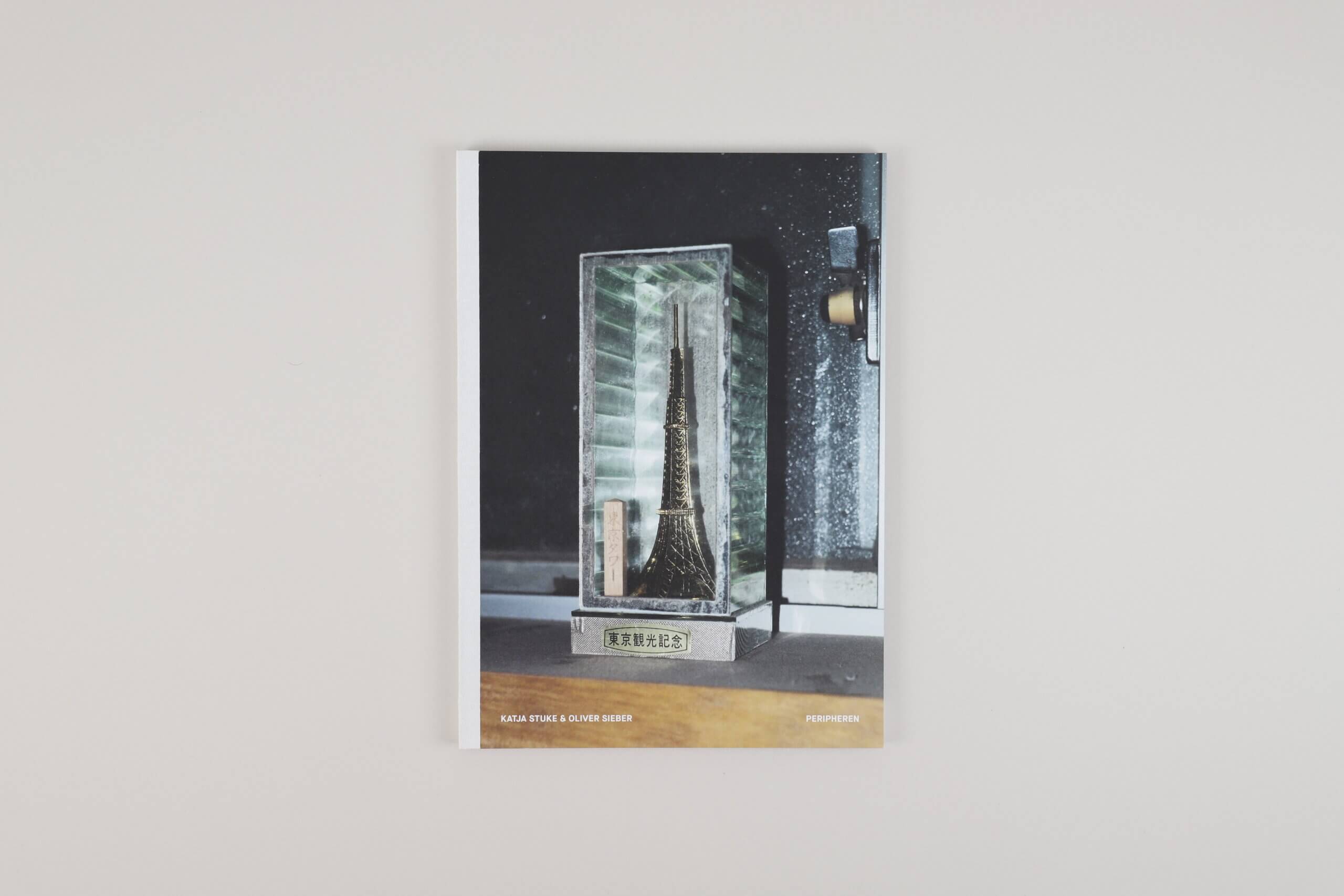
Peripheren
45,00€



In stock
Standard delivery 3 to 7 days
Publication date : 2021/07/15
Weight 600 g / Dimensions 28 x 20 cm / fr
text by Florian Ebner
ISBN 9791094060339
The Paris streets, as captured by Oliver Sieber and Katja Stuke on December 8, 2018 and entitled La Ville Lumière, are incorporated into an extended series of maps: “Cartographie dynamique” is a virtual network connecting cities in Japan, Germany, France, and China—and soon India as well—with the distinctive photographic works created in each location. Thematic filters are added into the mix, among them “Protest,” “Anarchists,” “Olympia,” “Expo,” “Love Parade,” “Z.U.S.” (Zones urbaines sensibles), and “Péripherique.”
These specify some of the unique features of these cities as well as comparable structural elements that they share, which act, for the most part, as catalysts for revolutionary urbanistic developments. This network originated fifteen years ago, with Japanese Lesson (2005), a body of work drawn from a wide range of private and appropriated image sources that has been continually expanding ever since. Beginning as an exuberant visual grammar consisting of shots of the city, portraits, and manga, steeped in the melancholy of the already antiquated hypermodernity of Japanese “electric towns,” it afforded a more acute view of Europe’s urban structures and evolved via photographic peregrinations through the city into applied psychogeography. The organization of the “Cartographie dynamique” as a network gives the desultoriness of Sieber & Stuke’s photographic dérives new possibilities of comparison and grants their repeating structures a logical inevitability. The cartography even generates ideas for new ways of mapping urban spaces, as is evident in Sieber & Stuke’s Walk the Walk, which transposes the local route from their flat in Düsseldorf to their studio, mapping it street by street onto a new neighborhood in the twinned Chinese city of Chongqing. La Ville Lumière falls sequentially between other works that were made in Paris and the suburbs to the north of the city, such as Aulnay-sous-Bois and Aubervilliers. Caught between factory closures and imminent gentrification, these urban spaces have been turned into Zones urbaines sensibles, sensitive urban zones in which social conflicts have already vented themselves in overt violence. Even if today, in a globalized and automated world, the causes of social disruption can be attributed more and more to the invisible mechanisms of economic and political processes, they find visible expression in the physical world of our cities.